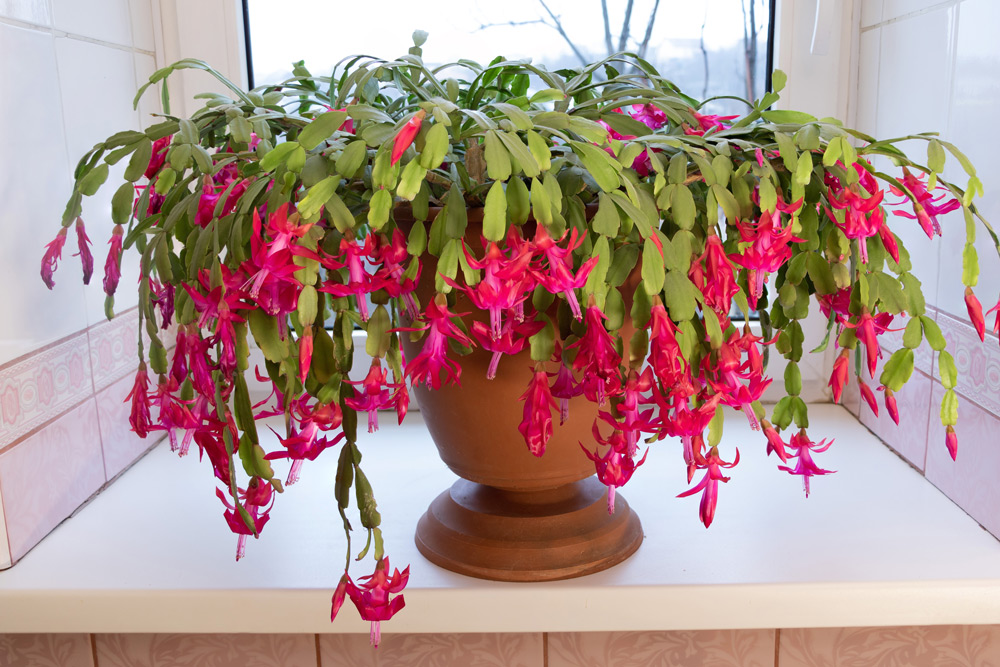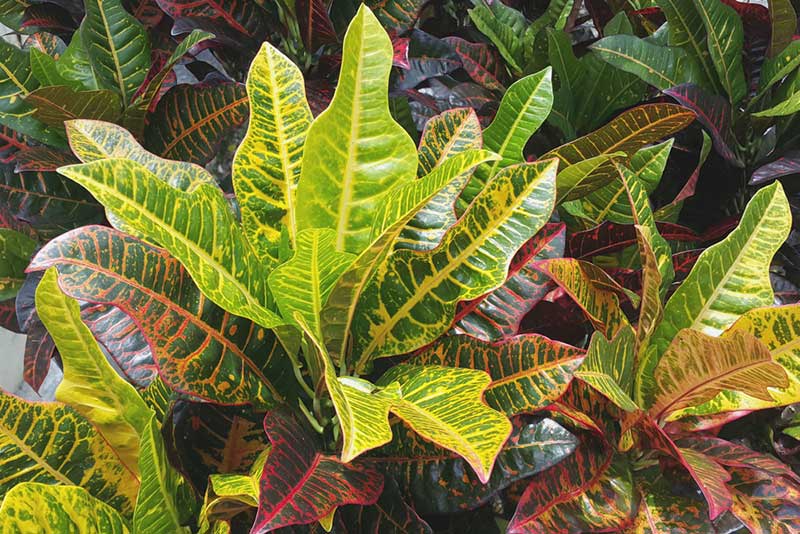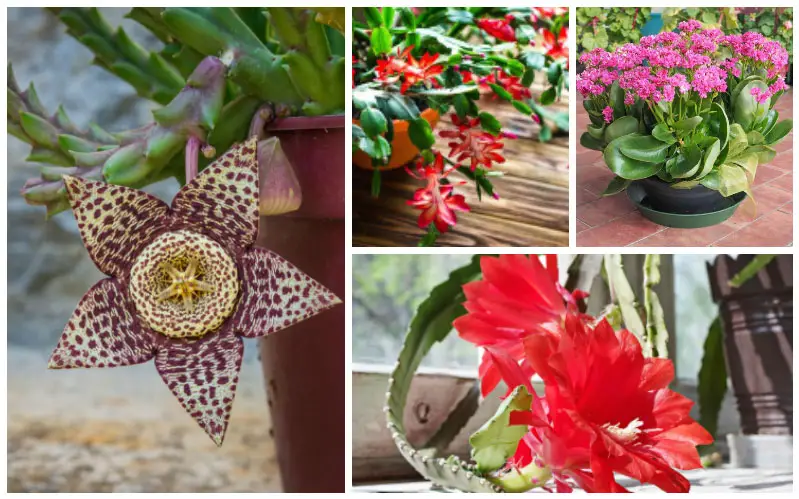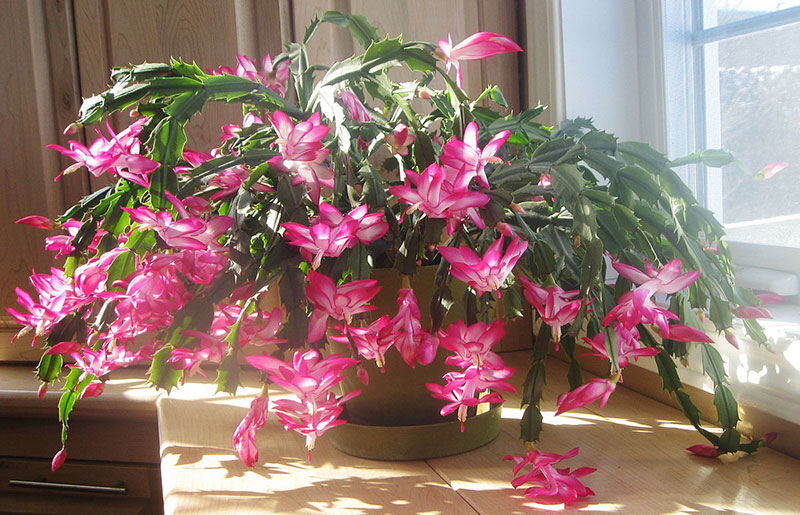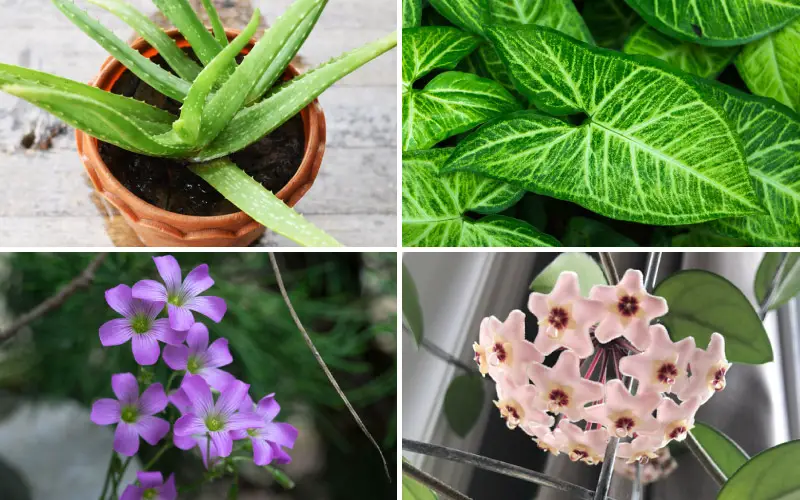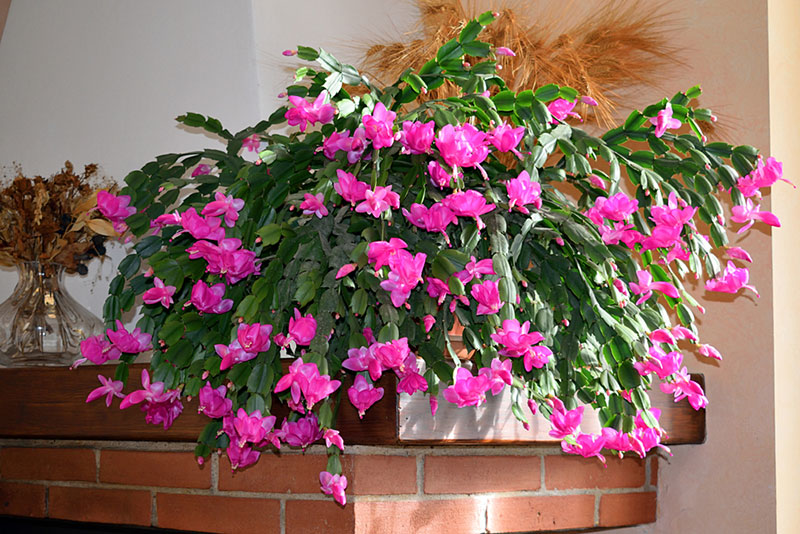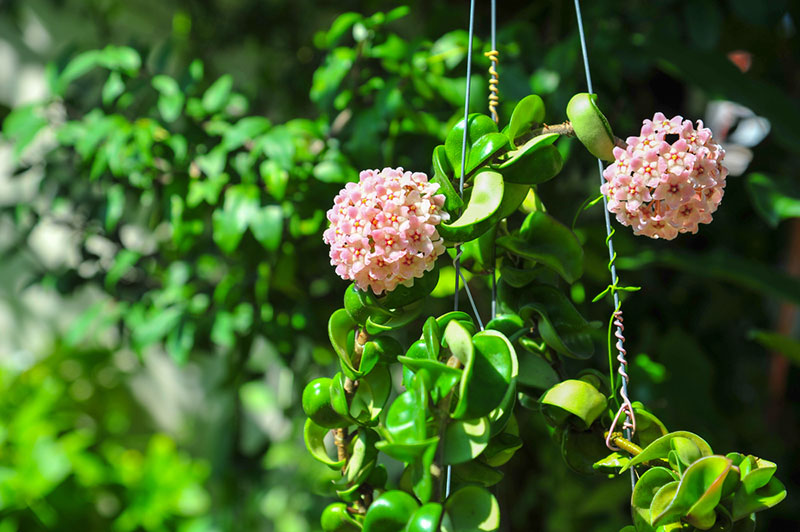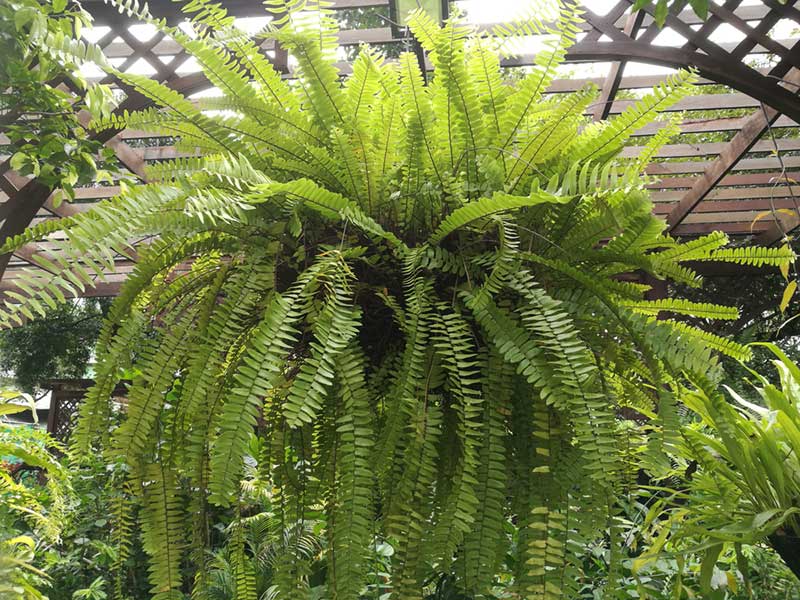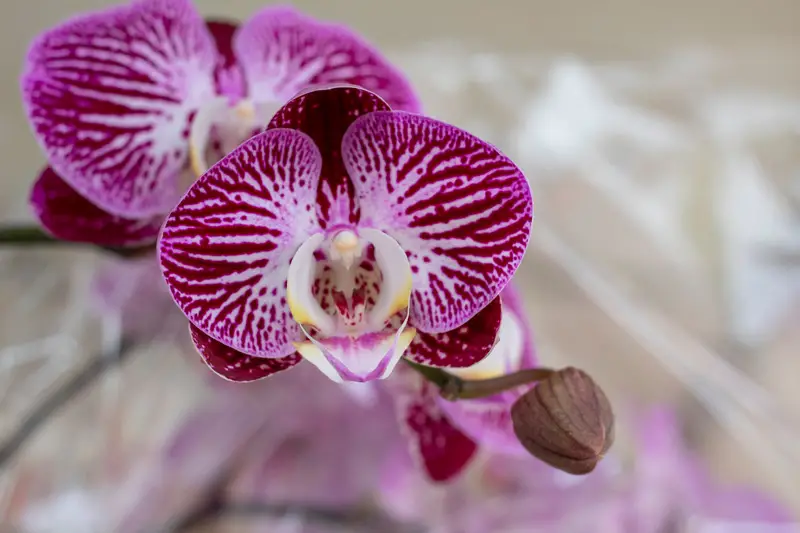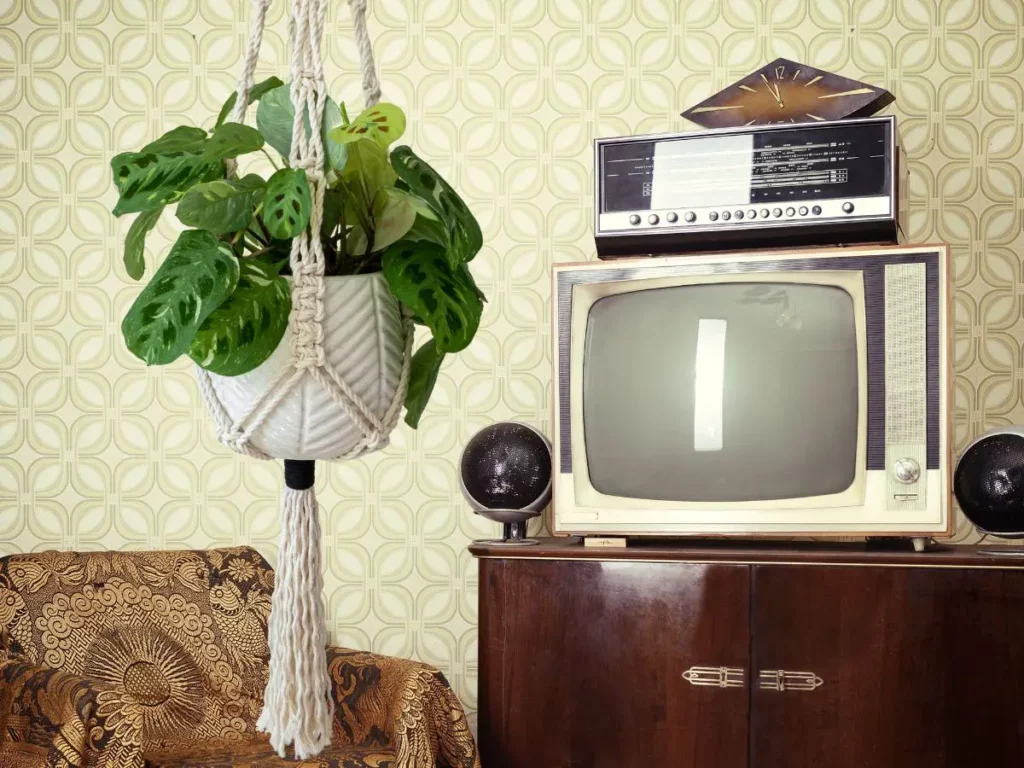
Houseplants have a way of making your living space more inviting and artistic. As you’re exploring ways to spruce up your home, why not take a trip down memory lane and look at some popular houseplants from the 1970s?
These trendy plants not only add a touch of retro style to your home but also boast various health benefits, such as air purification and mood improvement.
Today, we’re going to take a trip back in time and rediscover ten trendy houseplants that graced the homes of many during this groovy decade. Get ready to embrace the nostalgia and transform your indoor space into a lush, vibrant sanctuary.
As you learn about these intriguing plants, you might just discover the perfect addition to your own space. With their captivating shapes, colors, and textures, these 1970s houseplants are more than just a stylish statement – they bring a breath of fresh air to your home and life.
The Houseplant Renaissance: A Glimpse to the Past
In the 1970s, houseplants became a popular and trendy way to bring nature indoors and decorate living spaces. You might be surprised to learn that many of the houseplants you know and love today had their moment of glory during this period.
Spider plants (Chlorophytum comosum), with their resilient nature and iconic drooping leaves, were a staple in many households. Their ability to tolerate various light conditions and low maintenance made them an ideal choice for busy homeowners.
Snake plants (Sansevieria), often called mother-in-law’s tongue, were another popular choice in the 1970s. Known for their striking appearance and air-purifying qualities, snake plants were the go-to for adding a touch of green to living rooms and offices.
Pothos (Epipremnum aureum), with their heart-shaped leaves and vibrant green hues, were a favorite among gardeners and plant lovers alike. Their low-maintenance and fast growth rate made them a popular selection for cascading off shelves or filling bookcases.
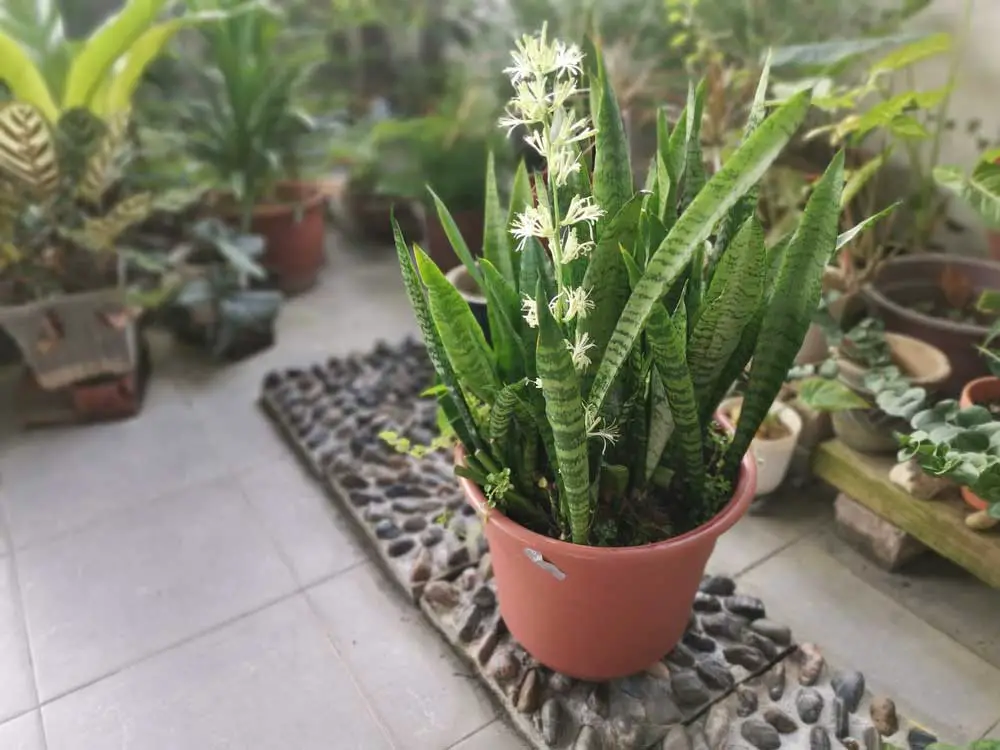
Here are some other houseplants that gained popularity in the 1970s:
- Fiddle-leaf fig (Ficus lyrata): Recognizable by its large, fiddle-shaped leaves, this plant added a touch of the tropics to any living space.
- Rubber plant (Ficus elastica): With its glossy, deep green leaves, this striking plant was a true statement piece.
- Swiss cheese plant (Monstera deliciosa): Known for its large, unique split leaves, this exotic plant became a must-have during the era.
- Boston fern (Nephrolepis exaltata): Beloved for its feathery fronds, this lush fern added life and texture to any room.
- Peace lily (Spathiphyllum): As an easy-to-care-for plant with elegant white blooms, this classic houseplant could brighten up any space.
- Chinese evergreen (Aglaonema): A hardy and versatile plant with attractive, variegated foliage, this species was popular for its adaptability and low-light tolerance.
As you continue to explore the world of houseplants, remember that these green companions have a rich history that dates back well beyond the 70s. Embrace the nostalgia and consider adding one or more of these timeless beauties to your indoor garden. Just like in the 1970s, they will undoubtedly continue to add charm, tranquility, and a breath of fresh air to your home.
The Cacti Craze: Interesting Varieties from the 1970s
In this section, we’ll explore three trendy cacti varieties that were popular in the 1970s. They each have unique features and can add a touch of nostalgic charm to your living space.
Saguaro Cactus
The Saguaro Cactus is an iconic symbol of the American Southwest. This tall, columnar cactus can grow up to 40 feet tall and has a unique branching structure. In the 1970s, it became popular due to its impressive size and classic desert appearance. Naturally, they take many years to grow, but you can find smaller specimens suitable for home cultivation.
To care for your Saguaro:
- Provide plenty of sunlight
- Use well-draining soil
- Water sparingly and let the soil dry out between watering
Prickly Pear Cactus
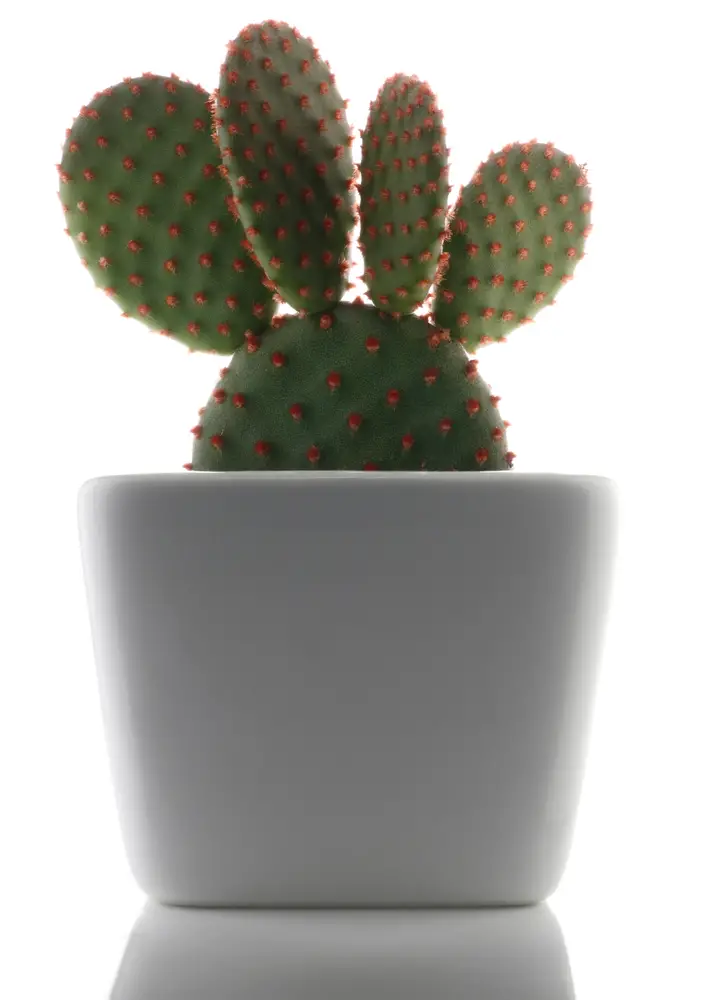
Another beloved variety from the 1970s is the Prickly Pear Cactus. This cactus is known for its flat, paddle-like segments covered in spines and beautiful flowers that bloom in spring and summer. They come in various shapes, sizes, and colors, making them a fun and unique addition to any home.
Tips for growing Prickly Pear:
- Place in a bright, sunny location
- Be cautious of the sharp spines when handling
- Use well-draining soil and water sparingly
Organ Pipe Cactus
Last but not least is the Organ Pipe Cactus. This multi-stemmed cactus resembles a group of pipe organs, hence its name. Its relatively easy growth made it a popular houseplant choice during the 1970s. The striking vertical structure and nocturnal blooming flowers make this cactus a standout.
To care for your Organ Pipe Cactus:
- Provide bright sunlight
- Plant in well-draining soil
- Allow soil to dry before watering
Now that you’re familiar with these trendy cacti from the 1970s, why not consider adding one or more of them to your collection? Each cactus has its unique appeal, and with proper care, they will continue to flourish for years to come.
Fern Fever: Popular Types From the Disco Era
Boston Fern
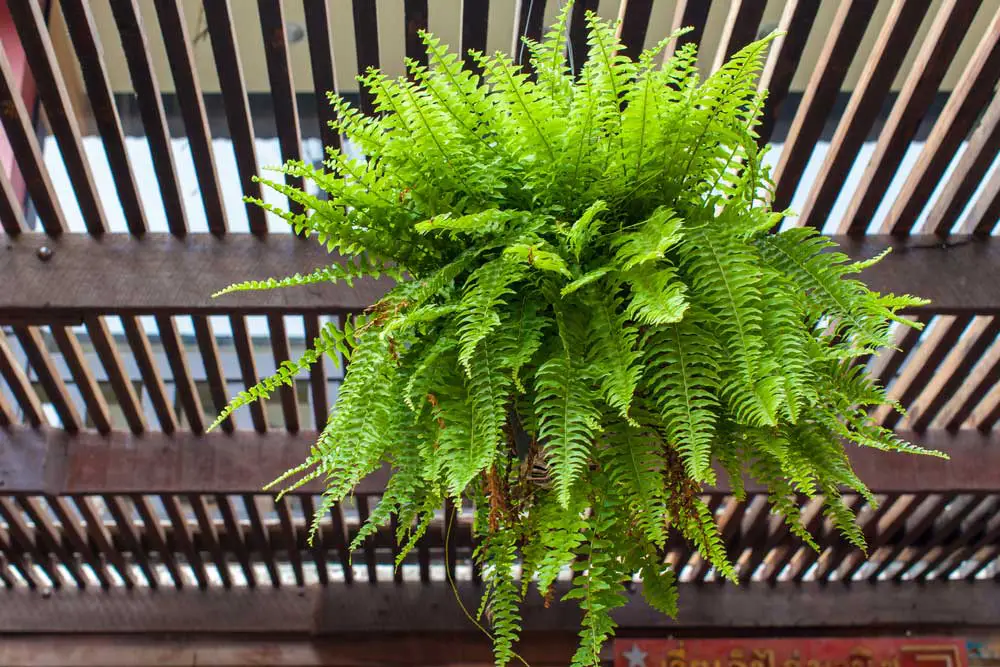
The Boston Fern (Nephrolepis exaltata ‘Bostoniensis’) was a quintessential houseplant of the 1970s. You’ll instantly recognize its lush, green fronds that gracefully arch over the sides of the pot. During the disco era, it was common to see them displayed in hanging baskets, adding a touch of elegance and drama to living rooms and sunrooms. To keep your Boston Fern happy, ensure it has plenty of indirect sunlight and consistent moisture in the soil.
Here are some Boston Fern care tips:
- Light: Bright, indirect light
- Watering: Consistently moist soil but not soggy
- Humidity: High, preferably over 50%
- Temperature: 65-75°F (18-24°C)
Staghorn Fern
The Staghorn Fern (Platycerium) is another popular fern from the 1970s that continues to captivate plant enthusiasts. Aptly named for their distinctive, antler-like fronds, these plants make a unique addition to any space. They were frequently mounted on wooden plaques or hung in macramé plant hangers, allowing the dramatic fronds to cascade downwards.
To care for your Staghorn Fern, create an environment similar to its natural habitat in the rainforests. These epiphytes attach themselves to tree trunks and branches, instead of growing in soil.
Staghorn Fern care tips:
- Mounting: Attach to a wooden plaque or use a wire basket filled with sphagnum moss
- Light: Bright, indirect light or dappled shade
- Watering: Mist regularly and occasionally soak the moss backing
- Humidity: High, similar to Boston Fern
- Temperature: 60-80°F (16-27°C)
By embracing the nostalgic charm of these ferns, you can incorporate a piece of the 1970s into your modern home décor while caring for these elegant and show-stopping plants.
The Spider Plant: An Unforgettable Classic
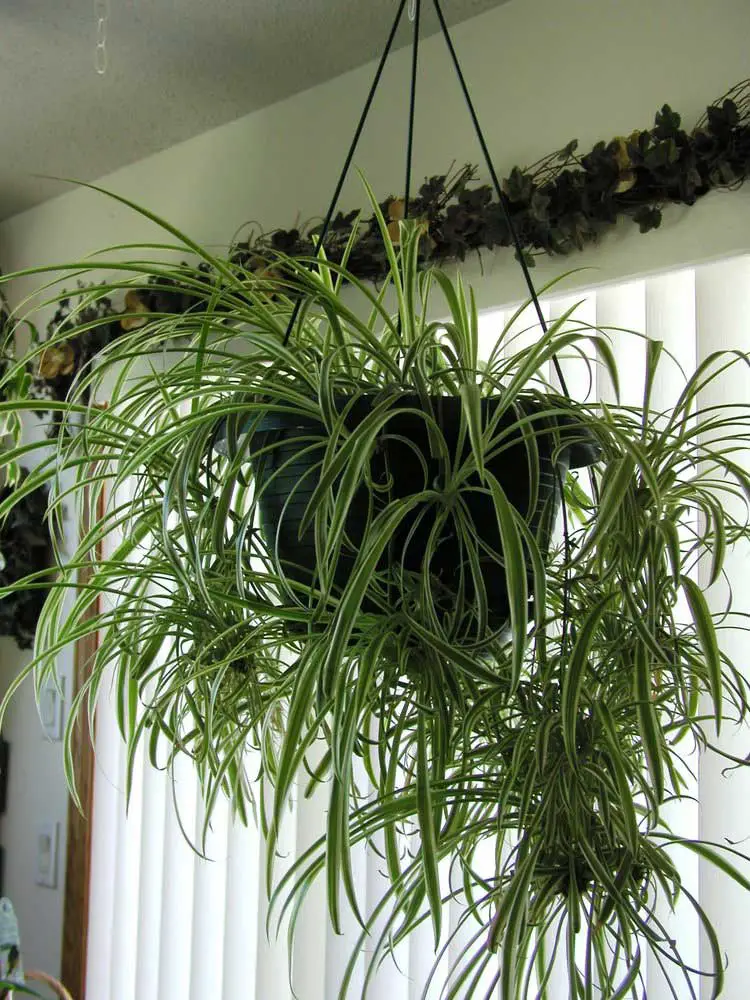
As a plant enthusiast, you might be seeking a low-maintenance and trendy houseplant that brings a touch of nostalgia. Look no further than the unforgettable classic, the Spider Plant or Chlorophytum comosum.
The Spider Plant was incredibly popular in the 1970s and still thrives in many homes today. Its cascading leaves and tiny white flowers not only look great but also serve practical purposes, like purifying indoor air and removing pollutants such as formaldehyde and benzene.
Caring for your Spider Plant is as simple and fun as it gets. Place it in a well-lit area, but avoid direct sunlight as it can cause the leaves to scorch. Keep the soil consistently moist, but avoid overwatering as this might cause the roots to rot.
One of the most attractive features of the Spider Plant is its ability to produce “babies,” or plantlets, that dangle from the mother plant. You can easily propagate these plantlets to grow new Spider Plants by placing them in water or soil. They make perfect gifts for friends or family members.
Here are some quick care tips for your Spider Plant:
- Light: Bright, indirect sunlight
- Water: Keep soil consistently moist, but not waterlogged
- Temperature: Prefers 65-75°F (18-24°C)
- Fertilizer: Apply a balanced liquid fertilizer every 2-4 weeks during the growing season
Incorporating a Spider Plant into your indoor garden will not only add a vintage vibe but also improve the air quality and contribute to a pleasurable plant-caretaking experience. Now, go ahead and turn your space into a green haven with this easy-to-care-for classic plant!
Philodendrons: The Heartleaf and Its Relatives
Philodendrons, a popular houseplant choice for decades, were especially beloved in the 1970s. In this section, we will focus on two varieties that gained widespread popularity: the Heartleaf Philodendron and the Split-leaf Philodendron.
Heartleaf Philodendron
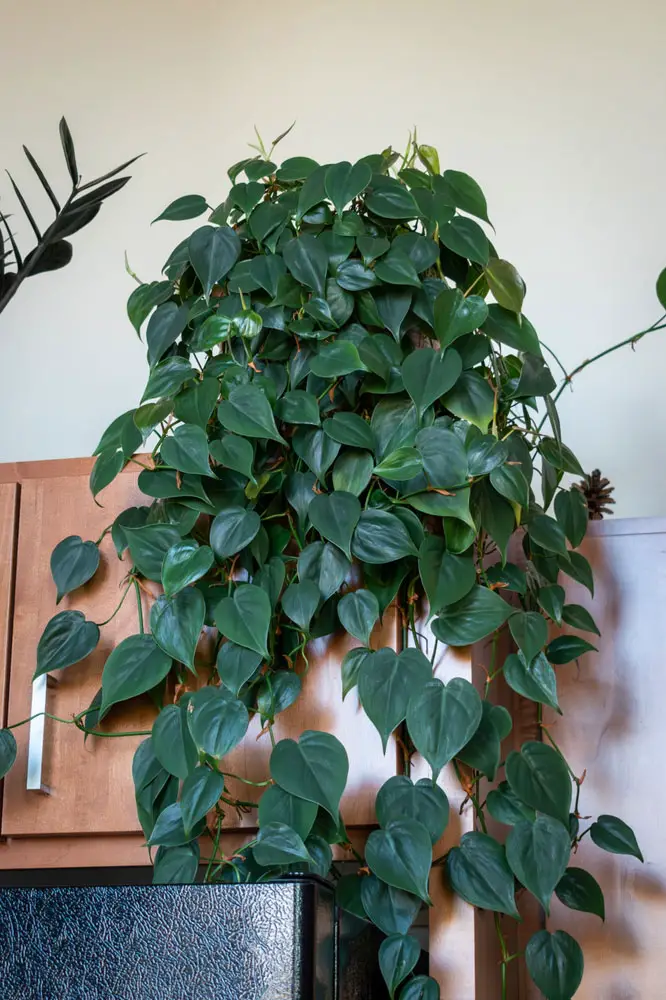
The Heartleaf Philodendron (Philodendron hederaceum) is known for its charming, heart-shaped leaves and easy care requirements, making it an excellent choice for beginners! Here are some quick care tips for your Heartleaf Philodendron:
- Light: It thrives in low to medium indirect light, but can also survive in low light conditions.
- Water: Allow the top inch of soil to dry out between waterings. Overwatering can lead to root rot.
- Soil: Opt for a well-draining potting mix.
Split-leaf Philodendron
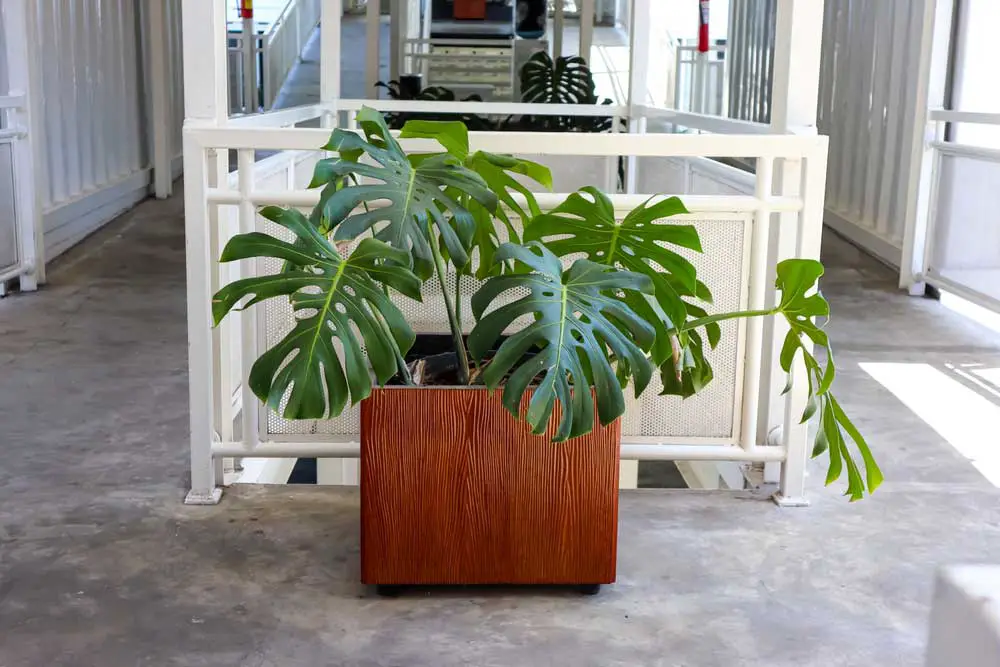
Another fashionable Philodendron from the 1970s is the Split-leaf Philodendron (Philodendron bipinnatifidum), also known as the “Swiss cheese plant.” With large, glossy leaves that feature distinct holes and splits, this plant adds a touch of tropical flair to any living space. Check out these care tips for your Split-leaf Philodendron:
- Light: Provide it with bright, indirect light for optimal growth.
- Water: Keep the soil consistently moist, but avoid overwatering to prevent root rot.
- Soil: Select a well-draining, peat-based potting mix for this plant.
To keep your philodendrons healthy, remember to clean their leaves occasionally using a damp cloth to remove accumulated dust. In addition, rotating the plants can help ensure even growth and prevent legginess.
Pothos Plant: The Hanging Beauty
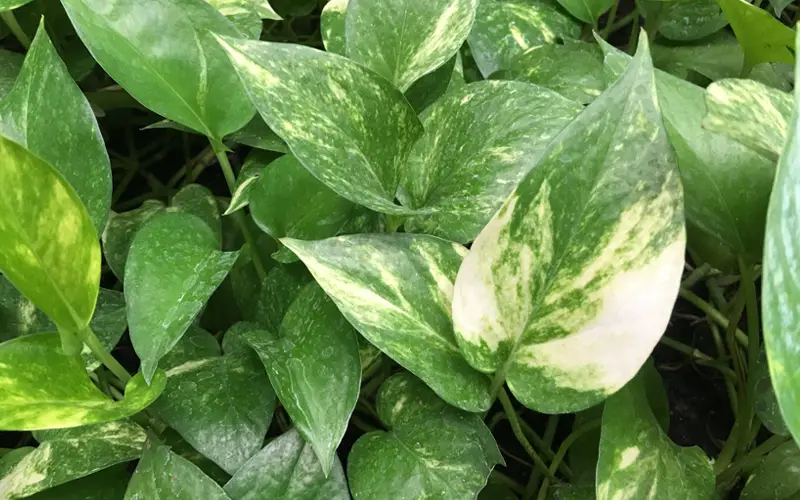
The Pothos Plant is a versatile houseplant that was popular during the 1970s. Its beautiful, trailing vines and heart-shaped leaves made it a favorite among plant enthusiasts. Not only does it add a touch of greenery to your space, but it’s also known for being low-maintenance and easy to grow.
With its ability to adapt to various lighting conditions, you can place Pothos in practically any room in your home. It thrives in both bright, indirect sunlight and low-light spaces. Placing the plant near a well-lit window will help it grow faster while low-light conditions may slow down the growth.
Here are some quick care tips for your Pothos Plant:
- Watering: Allow the soil to dry out between waterings. Overwatering can cause root rot, so it’s best to err on the side of less water.
- Fertilizing: Use a balanced, liquid fertilizer every 4-6 weeks during the growing season (spring and summer). No need to fertilize during the winter months.
- Pruning: Regularly trim the vines and remove any yellow or damaged leaves. This encourages bushier growth and maintains a neat appearance.
The Pothos Plant is also known for its air-purifying properties. According to research, it helps to remove airborne toxins like formaldehyde, benzene, and trichloroethylene from the indoor environment. Introducing this plant in your space can enhance the air quality and contribute to a healthier living atmosphere.
In summary, the Pothos Plant was a trendy houseplant of the 1970s. Its beauty, adaptability, and ease of care make it an excellent choice for adding a touch of greenery to your home. Give it a try, and watch it transform your living space with its cascading, vibrant foliage.
Rubber Plants: The Ficus Elastica
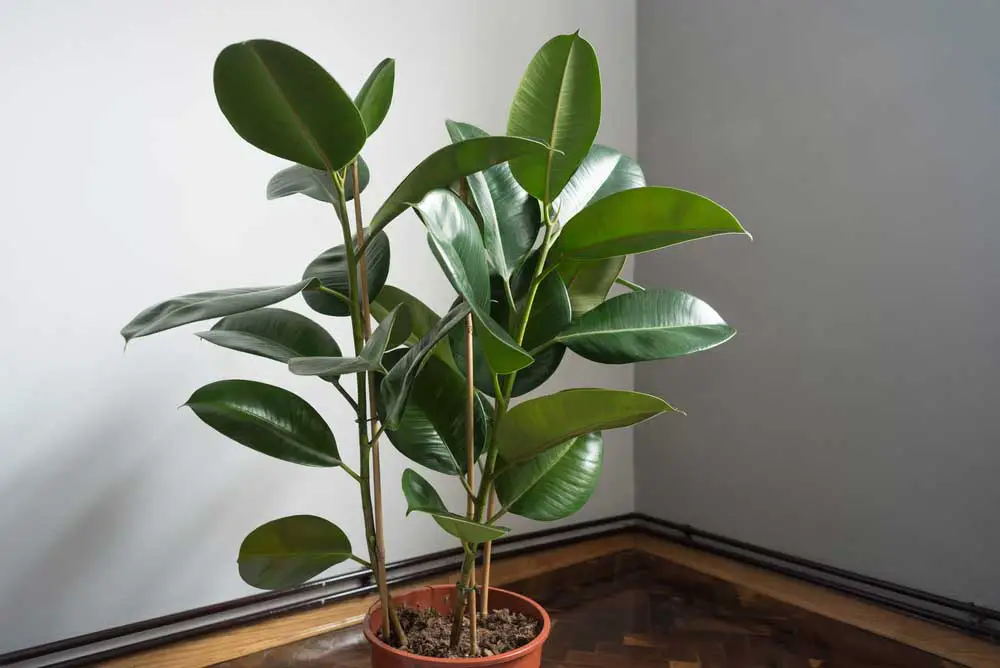
The Ficus elastica, commonly known as the rubber plant, was a popular houseplant in the 1970s and is making a comeback in modern homes. This classic houseplant is prized for its large, glossy leaves and easy-to-care-for nature.
To keep your rubber plant thriving, be sure to provide it with adequate light. Though they can tolerate lower light levels, the best spot for your plant would be a bright, indirect sunny spot near a window. Keep an eye on your plant; if the leaves appear to be reaching toward the light or becoming discolored, you may need to move it to a brighter location.
In terms of watering, rubber plants prefer a regular schedule. Allow the top inch of soil to dry out before watering thoroughly, ensuring excess water drains away. Overwatering can cause yellowing leaves and root rot. Additionally, maintain a humidity level of around 40-50% for optimum health.
Some other tips for your rubber plant:
- Repotting: Rubber plants can grow quite large, so repot your plant every couple of years, using a well-draining potting mix.
- Pest control: Keep an eye out for common pests such as spider mites, aphids, and scale. Use a mild insecticide soap or neem oil if infestations occur.
- Pruning: To maintain your desired shape and size, trim the top growth and any leggy branches.
In summary, the Ficus elastica is a fantastic and fashionable choice for your home. With its impressive foliage and simple care requirements, you’ll enjoy this throwback to the 70s for years to come.
Jade Plant: The Money Tree
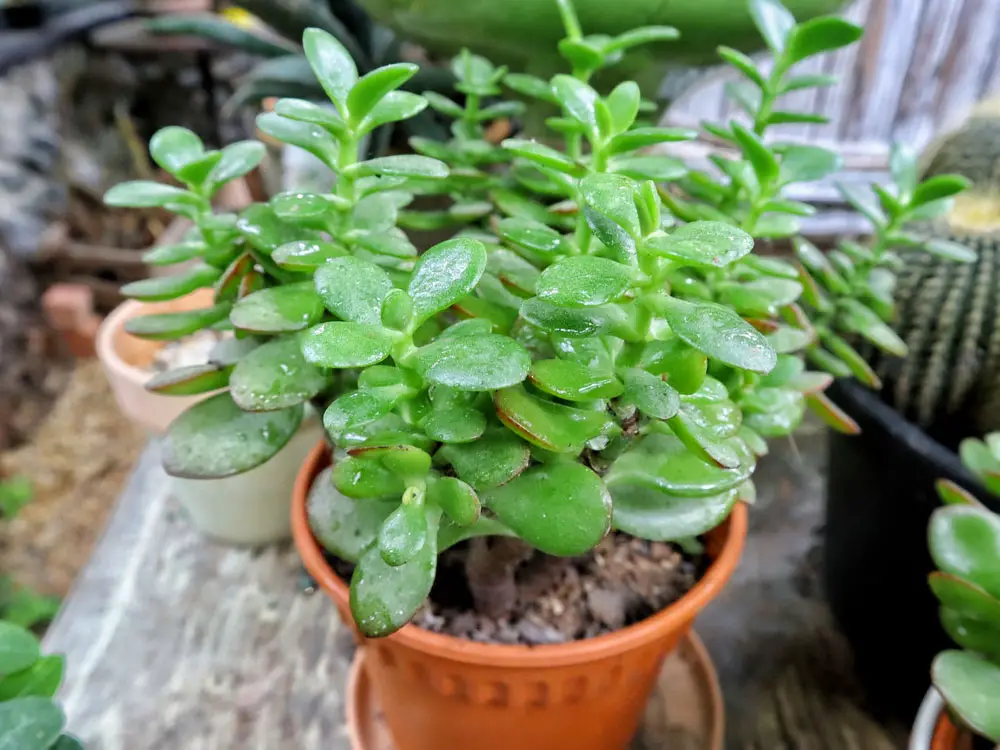
You might have seen the Jade Plant (Crassula ovata) in your grandparents’ house, as it was a popular houseplant during the 1970s. These plants are nicknamed the “Money Tree” because they are believed to bring good luck and prosperity. The Jade Plant adds a friendly touch to your home with its thick, glossy green leaves and its easy-to-care-for nature.
To keep your Jade Plant happy and healthy, place it in a spot with bright, indirect light. Too much direct sunlight can cause the leaves to become yellow and lose their vibrant color. Don’t worry if you don’t have a green thumb; Jade Plants are quite forgiving when it comes to watering. Water the plant when the top inch of soil feels dry, typically every two to three weeks. Be careful not to overwater, as this can lead to root rot.
Some benefits of having a Jade Plant in your home include:
- Low maintenance: As mentioned earlier, these plants are easy to care for and perfect for those who might be new to gardening.
- Air purifying: Like many other houseplants, Jade Plants help filter the air, removing toxins and improving air quality.
- Long lifespan: With the proper care, Jade Plants can live for several decades, potentially becoming a legacy plant that you can pass down to future generations.
To propagate a Jade Plant, simply take a cutting from a healthy stem and let it dry for a few days. Once the end has calloused, place the cutting in well-draining soil and allow it to root. Within a few weeks, you should see new growth coming from the cutting.
The Jade Plant is a timeless addition to your plant collection that is both trendy and meaningful. By adding it to your home, you can bring a sense of prosperity and a conversation piece to your space. Plus, it’s a great way to honor the 1970s houseplant trend.
The Snake Plant: Mother-in-law’s Tongue
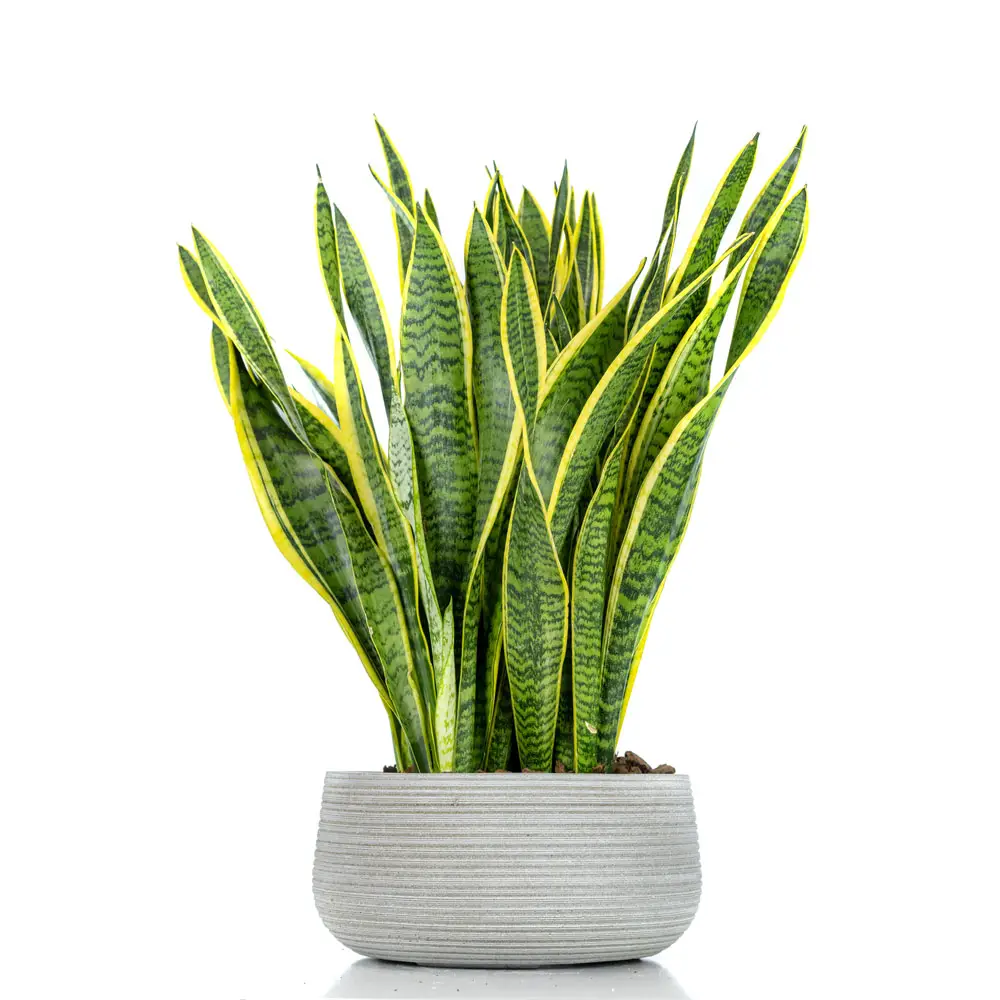
The Snake Plant, or Sansevieria, also known as the Mother-in-law’s Tongue, is a popular houseplant from the 1970s that’s making a comeback in modern homes. With its tall, sharp leaves and striking appearance, this plant will add a touch of retro style to your living space.
One of the reasons you’ll love the Snake Plant is its low maintenance nature. It doesn’t require much water, so you can wait two to three weeks between waterings. Place it in a well-draining pot, and remember not to overwater, as this could cause root rot.
Another benefit of the Snake Plant is its adaptability to various lighting conditions. It thrives in bright, indirect sunlight, but it can also tolerate low-light areas. This flexibility allows you to place it in different rooms in your house, whether it’s by a sunny window or in a dim corner.
Additionally, the Snake Plant is known for its air-purifying qualities. According to a NASA study, it absorbs toxins like formaldehyde and benzene from the air, contributing to a healthier indoor environment for you.
Some interesting Snake Plant varieties to consider for your home include:
- Sansevieria trifasciata ‘Laurentii’: This variety has yellow stripes along the leaf edges, adding a pop of color to your space.
- Sansevieria cylindrica: Also known as African Spear, it features cylindrical leaves that grow in a distinctive fan shape.
- Sansevieria trifasciata ‘Moonshine’: With its silvery-green leaves, the Moonshine variety offers a unique, muted contrast to its counterparts.
So, go ahead and embrace this classic 1970s houseplant for your home. The Snake Plant is not only stylish but also easy to care for and beneficial to your indoor environment.
Swiss Cheese Plant: The Monstera Delight
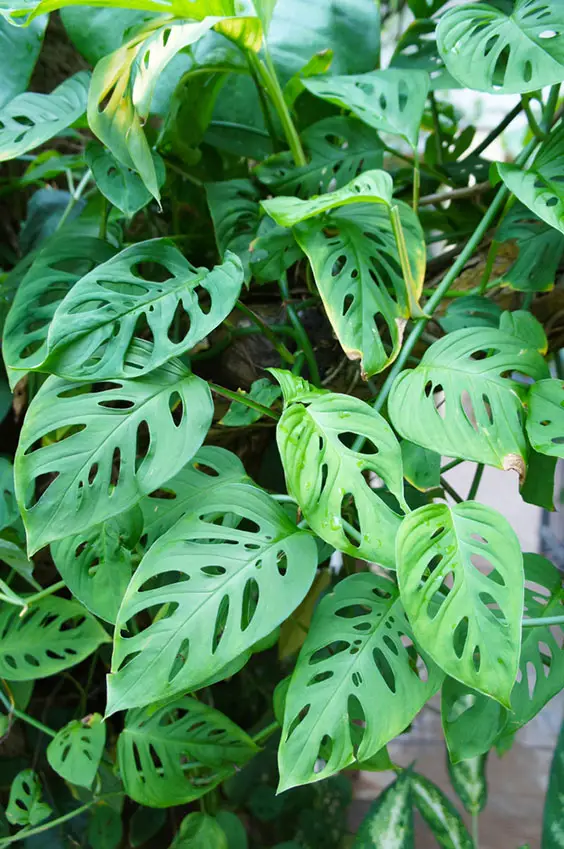
The Swiss Cheese Plant, also known as Monstera deliciosa, was a popular houseplant in the 1970s and is making a comeback today. You’ll recognize it by its large, glossy leaves with characteristic holes, resembling a Swiss cheese.
Your friends and family will be impressed by the exotic beauty of this plant. Monstera deliciosa is not only a stylish addition to your home but also very easy to care for. It thrives in bright, indirect light and needs watering only when the soil feels dry to the touch. Plus, this tropical plant will appreciate some humidity, so consider placing it near a humidifier or a water-filled tray.
One thing you’ll enjoy about the Swiss Cheese Plant is how quickly it grows. With proper care and attention, you can expect your Monstera to reach up to 8 feet in height indoors. To keep it sturdy, use a moss pole or other supports for its aerial roots.
Keep in mind that the Swiss Cheese Plant comes with one caveat – its leaves are toxic to pets when ingested. Ensure this statement plant is out of reach for your furry friends.
Here’s a summary of what you need to know about the Swiss Cheese Plant:
- Nickname: Swiss Cheese Plant
- Scientific Name: Monstera deliciosa
- Growth: Fast-growing; up to 8 feet indoors
- Light Requirements: Bright, indirect light
- Watering: Only when the soil feels dry
- Humidity: Enjoys extra humidity
- Pet-Friendly: No, leaves are toxic to pets
Bring home a resplendent Swiss Cheese Plant to add a touch of the ’70s to your living space and enjoy witnessing its rapid growth.





